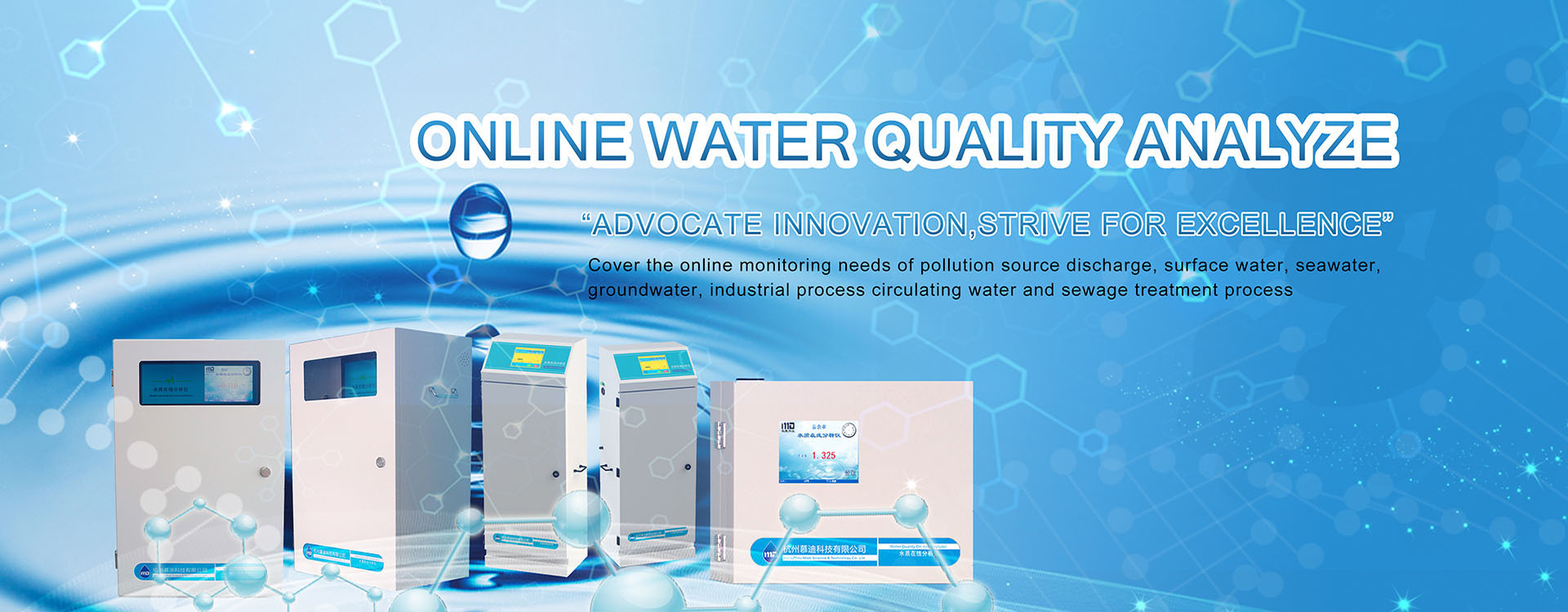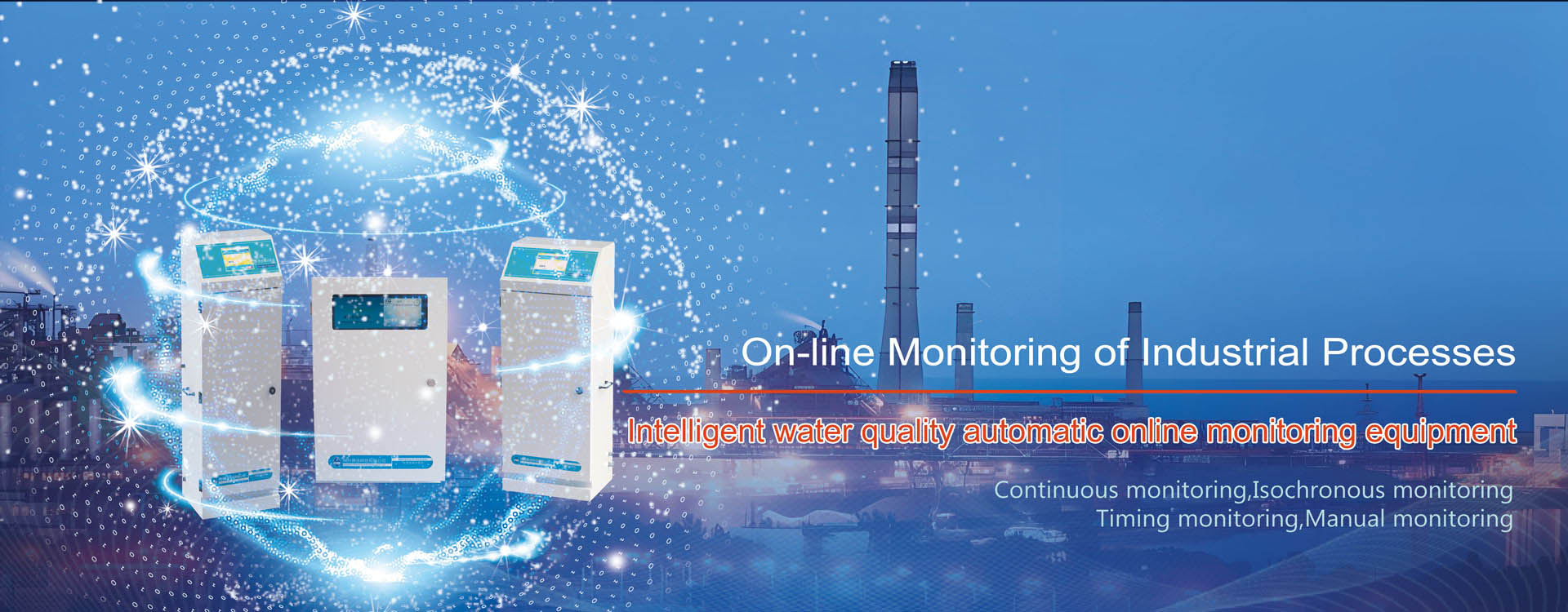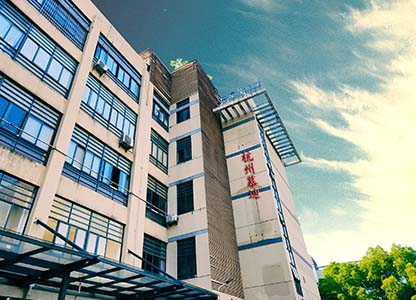The food industry utilizes diverse raw materials and produces a wide variety of products, leading to significant variations in wastewater volume and quality. In this article, we explore solutions for managing food industry wastewater pollution.
Key Pollution Characteristics of Food Industry Wastewater
- Floating Solids: Such as vegetable leaves, fruit peels, meat scraps, etc.
- Suspended Substances: Including fats, proteins, starches, and other colloidal particles.
- Dissolved Compounds: Acids, alkalis, salts, sugars, etc.
- Sediments and Organic Matter: Sand, soil, and organic residues carried by raw materials.
- Pathogenic Bacteria.
Wastewater Features and Hazards
Food industry wastewater is characterized by high organic and suspended solid content, making it prone to decay. While low in direct toxicity, its primary environmental risks include:
– Eutrophication of water bodies, leading to mass deaths of aquatic life.
– Accumulation of decaying organic matter, causing foul odors and deteriorating water quality.
– Long-term ecological damage and environmental pollution.
Treatment Strategies
- Pre-Treatment: Tailored to specific wastewater characteristics, such as:
– Screening or filtration to remove floating solids.
– Oil-water separation for fat removal.
- Biological Treatment: Effective for high organic loads. Common methods include:
– Two-stage aeration tanks or biofilters.
– Multi-stage biological rotating contactors (RBCs).
– Hybrid systems combining anaerobic and aerobic processes.
- Advanced Treatment: For strict discharge standards, consider:
– Chemical coagulation or membrane filtration.
– pH adjustment to neutralize acids/alkalis.
Monitoring and Compliance
Real-time monitoring of wastewater parameters is critical. Key metrics vary by facility but often include:
– COD (Chemical Oxygen Demand)
– BOD (Biological Oxygen Demand)
– Total Suspended Solids (TSS)
– pH and residual chlorine
Deploying water quality analyzers (e.g., COD/BOD online monitors, turbidity sensors) ensures compliance and optimizes treatment efficiency. Users should select instruments based on operational needs and regulatory requirements.




